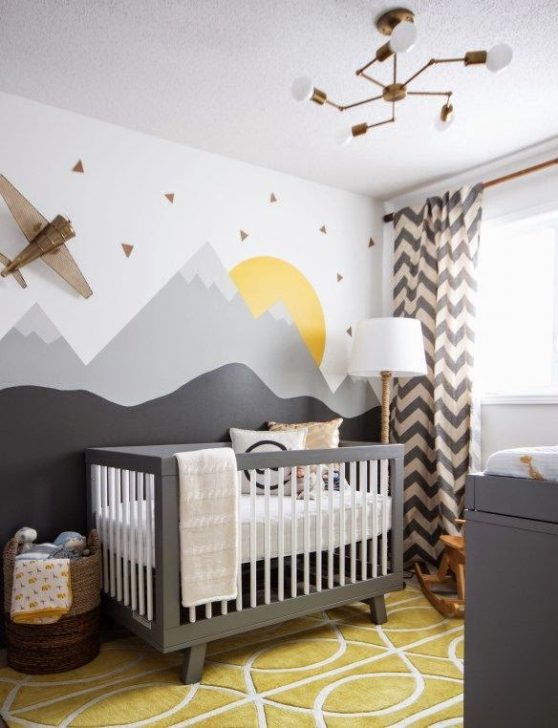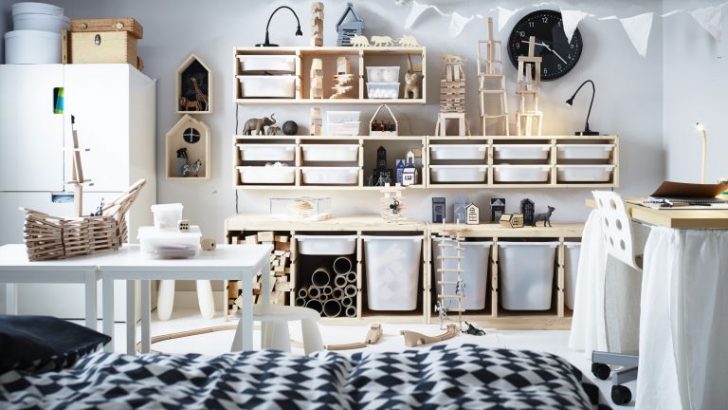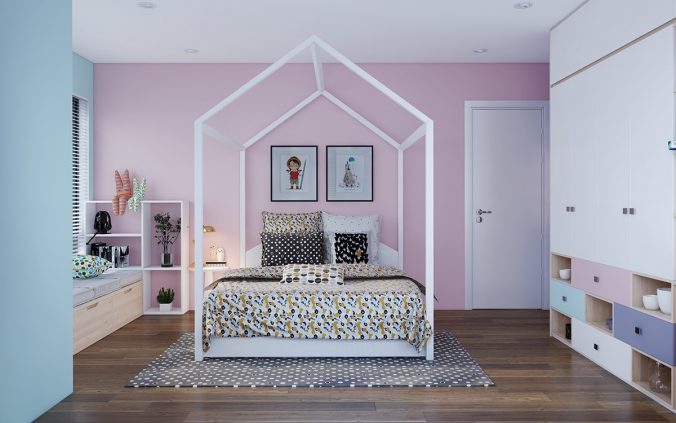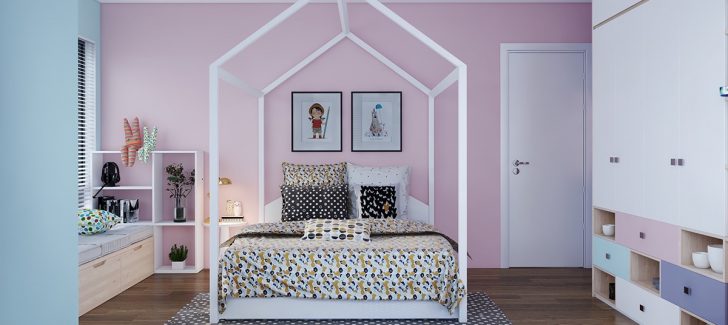Our interior décor expert Ash Young, of Adore Décor DXB is back with her top tips on decorating kids’ rooms, while pleasing both your aesthetic eye and their naturally adventurous disposition. Over to you Ash!
Let me start by saying, that you are not alone if you feel overwhelmed at the thought of decorating your child’s bedroom! Kids’ rooms are hardworking spaces, so there’s a lot to consider and potentially, some conflicting interests. You might be imagining a fun (yet tasteful) scheme that inspires creativity but also calm at bedtime, whilst their little heart desires a wall-to-wall Batman theme complete with Batmobile bed and walls painted in the canary yellow of his famous symbol. Oh! And a life-sized cutout in the corner please. Yikes!
Seriously though, themes can be a great way of allowing your child to personalise their own space whilst helping to create a cohesive look. However, they usually end up more stylish with a gentle nod in the direction of a theme, rather than going the whole hog with matching wallpaper, curtains, bedding and novelty furniture. We all know that children can be fickle and redecorating can be an expensive business, so to ensure longevity, invest in classic pieces of furniture in neutral colours and keep themed elements to a level that’s interchangeable; like art and accessories. For example, removable wall stickers of the Bat symbol could be a cost effective (and temporary) way of decorating the walls (which may also prevent you from losing your mind when they announce the very next week that they actually prefer Spider-Man now!)
Repeat After Me: 60-30-10
If themes aren’t your thing, then a distinct colour scheme can help a room look polished and pulled together. The ‘60-30-10’ principle is a great rule of thumb to guide you on balance. It states that 60% of the room should be the main colour, 30% in a secondary colour and 10% in an accent colour. Painting the walls is one of the quickest and easiest ways of transforming a space, just make sure the paint you use is safe and non-toxic for little ones (I use Benjamin Moore’s Natura range). Paint can be used to add colour and personality in a vast number of ways; try painting an accent wall in their favorite shade, creating an area for art with chalkboard paint, or adding some geometric mountains to the wall to inspire adventurous games.

Image via shelterness.com
All Good Things Come in High Boxes
Storage is another important aspect to consider. Children are much more likely to play with their toys and perhaps even help put them away afterwards if they are both organised and accessible. Try including a variety of storage at a range of heights, so that they can help themselves to some things, while others (I’m thinking paint!) have to be given to them. Trunks, baskets and under bed storage can all help to ensure that there isn’t a distracting pile of toys left out at the end of every day.

Image via https://www.realhomes.com
In the Zone
Zoning your child’s room can be a great way of encouraging different activities within the same space. Perhaps create a cosy reading nook with a bookcase and teepee in one corner and a dressing up rail with their favourite costumes in another. A table and chairs for LEGO, crafts or board games could also be included. Making sure that your child’s room reflects their personality and interests will really help make it feel like their own.

Image via http://www.home-designing.com/




